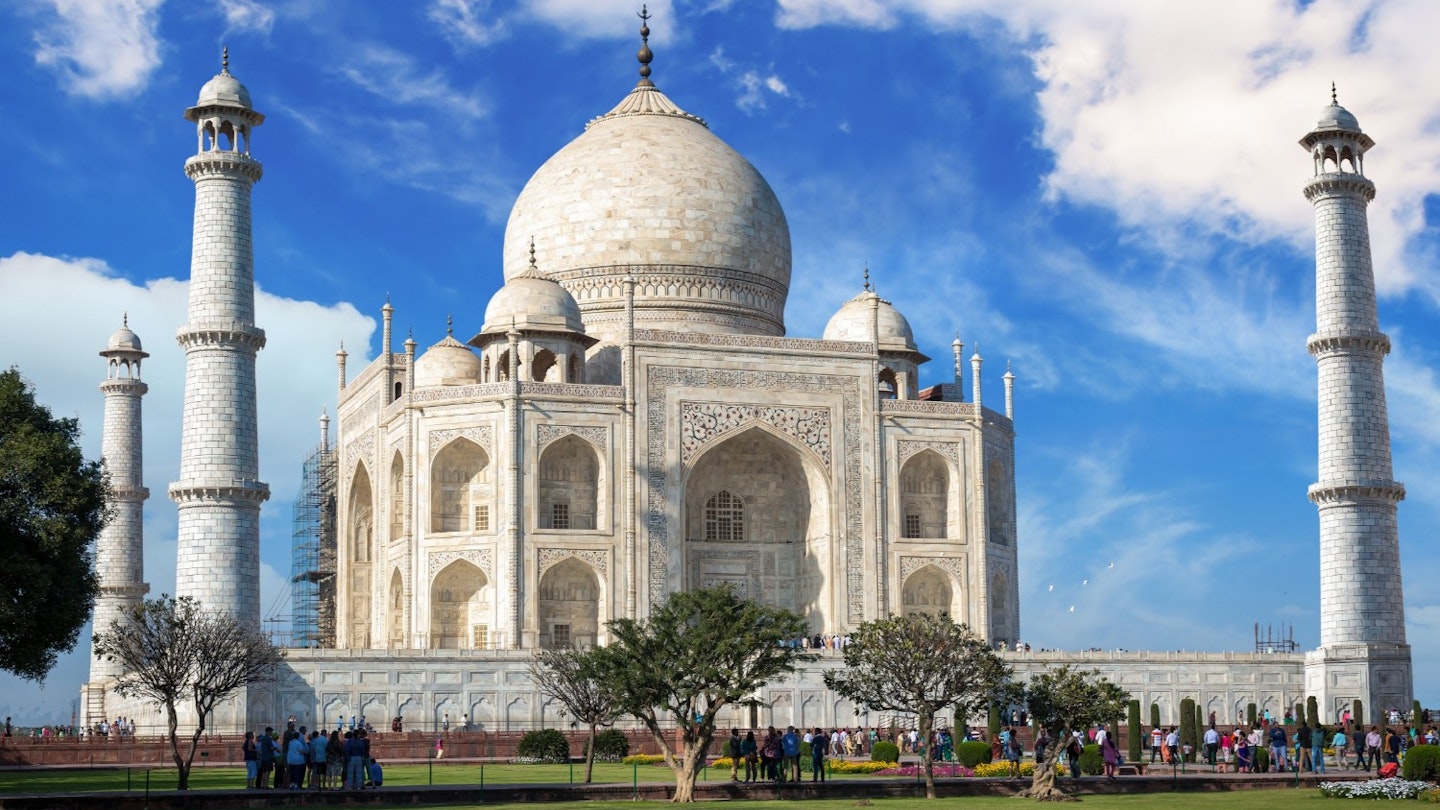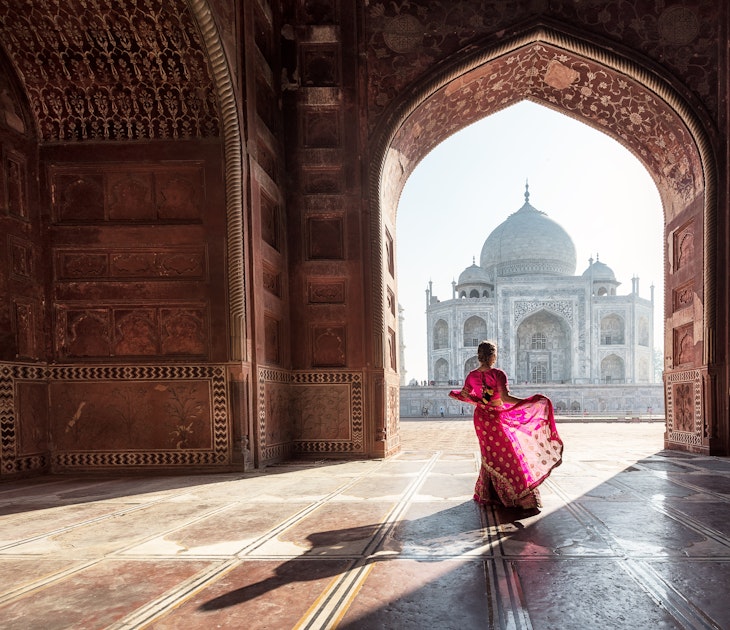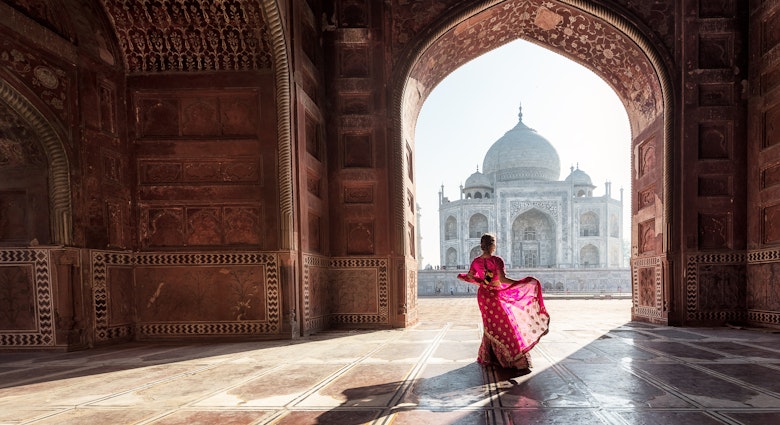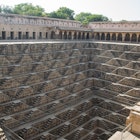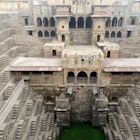If you've visited the Taj Mahal in India recently and have been dismayed by its worrying colour discolouration, rest assured that you're not alone. The Indian Supreme Court is so incensed by the situation, it has told the state government and administration in Uttar Pradesh to shut the famous landmark down if it isn't prepared to take adequate steps to protect the 17th century marble monument.
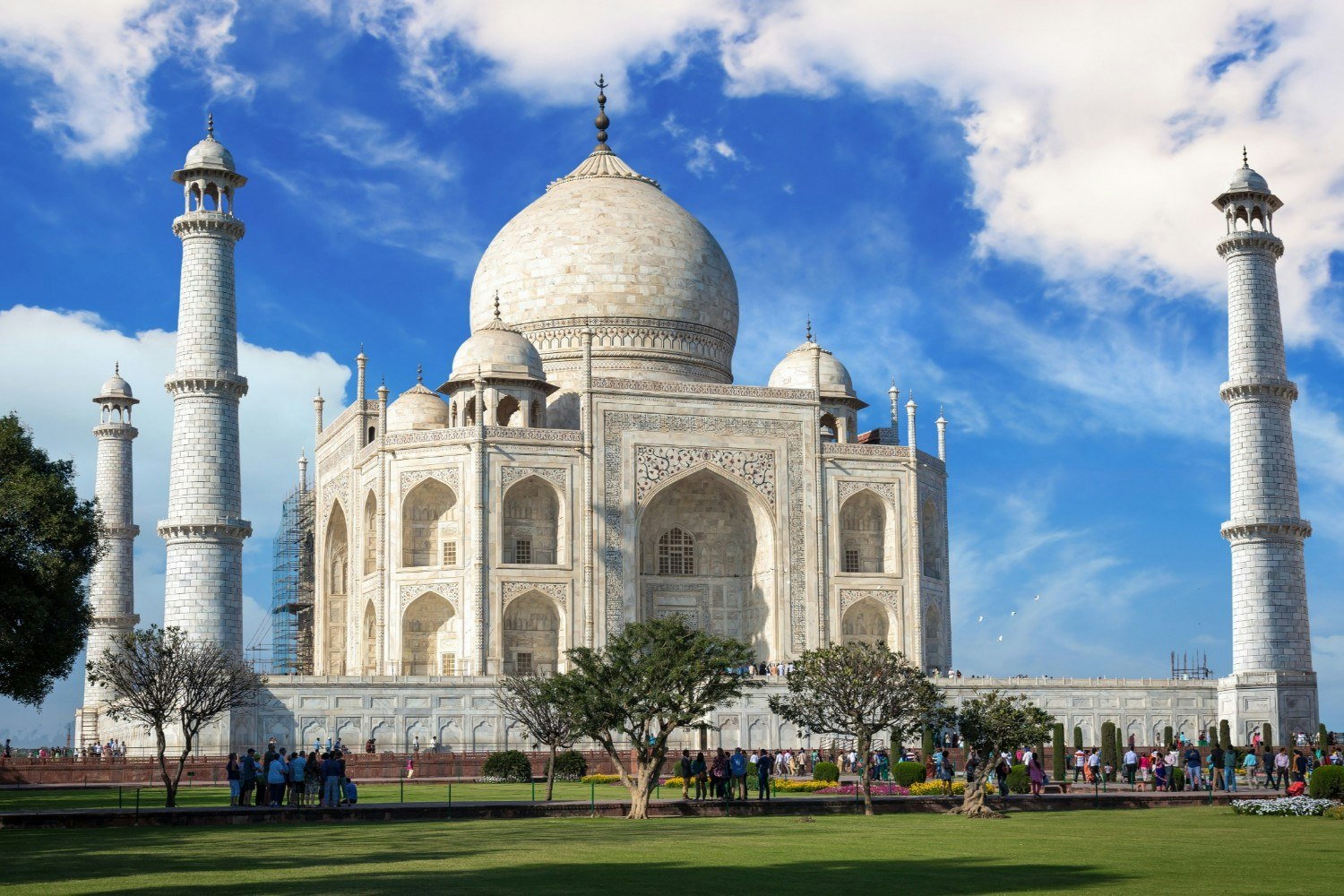
The once-gleaming white monument in Agra was built by the Mughal emperor, Shah Jahan, as a mausoleum to his wife Mumtaz Maha, who died during childbirth. One of the Seven New Wonders of the World, it started turning yellow over the years and has now become brown and green. A combination of factors is responsible for this, including industrial pollution being discharged into the air by local factories and businesses. Then there is contamination from smoke and toxic effluents from thousands of nearby household generators running on kerosene and diesel.
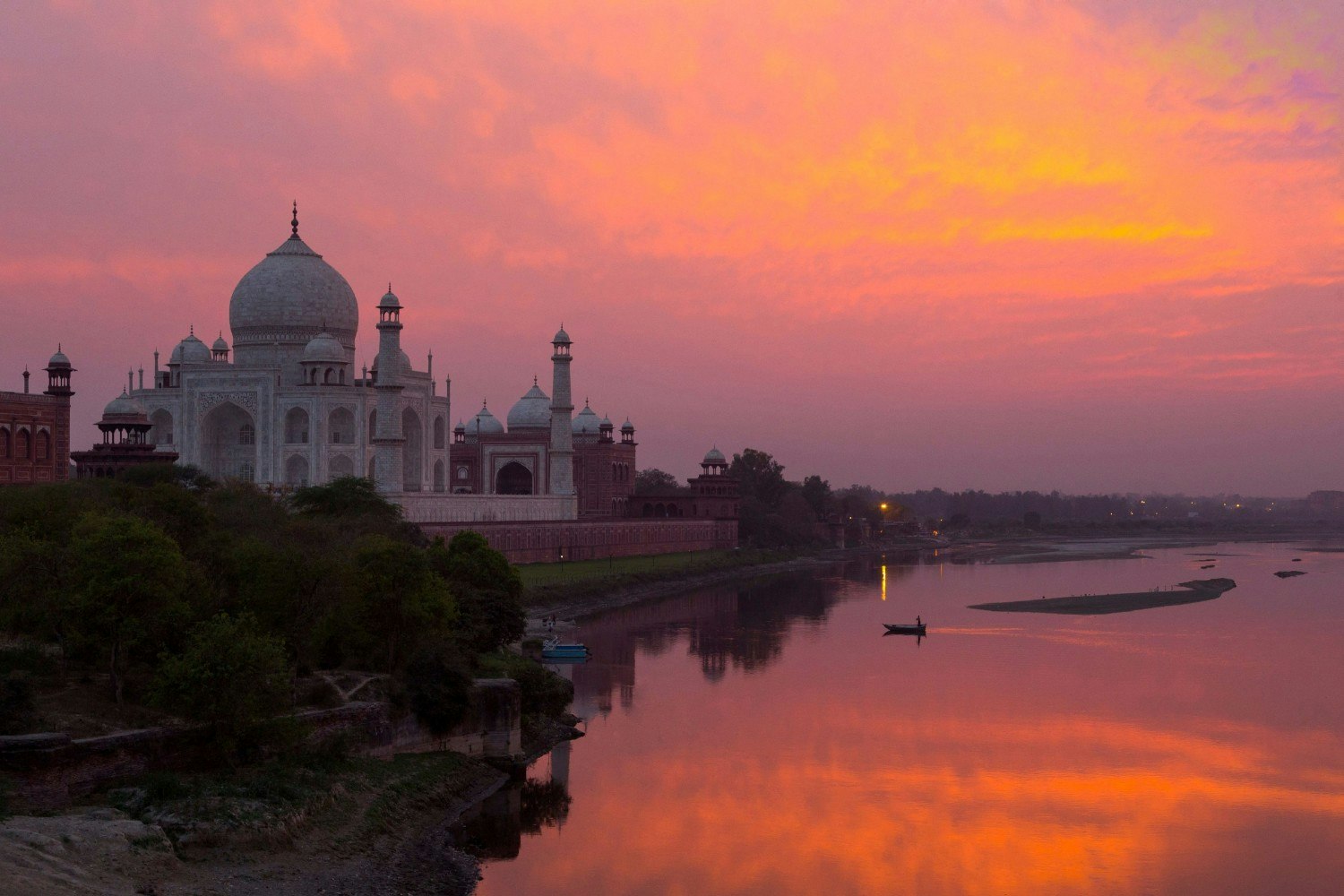
The third factor is that insects known as Chironomus calligraphus are excreting on the the Unesco World Heritage building, leaving a greenish stain on the marble. It is believed that the insects are attracted to the sewage in the rubbish-choked Yamuna River nearby. While authorities are periodically coating the Taj in dirt-absorbing herbal “mud packs” to mitigate this damage, the Supreme Court feels that these efforts are insufficient and has castigated the state government for not addressing the problem with sufficient urgency.

Back in May, it had instructed that foreign experts be sought to help address the “worrying change in colour,” but as the state government has not filed any sort of action plan since then, the court grew exasperated. “You can shut down the Taj. You can demolish it if you like and you can also do away with it if you have already decided,” said Justices Madan B Lokur and Deepak Gupta. “Uttar Pradesh is not bothered. No action plan or vision document has come yet. Either you demolish it or you restore it.”
The situation is considered to be critical as the Taj Mahal is India’s biggest tourist attraction, drawing approximately eight million visitors annually. It is now been reported that the authorities are preparing to file a 100-year plan for the Taj to the court, which has indicated that it will hear the matter on a daily basis from 31 July. The plan includes closing down more industries near the landmark building, cleaning up and preventing pollution discharge into the Yamuna River and establishing a rubber dam to maintain the flow of water there, establishing a green mass transit system in Agra and improving the area’s sewage treatment plants.
